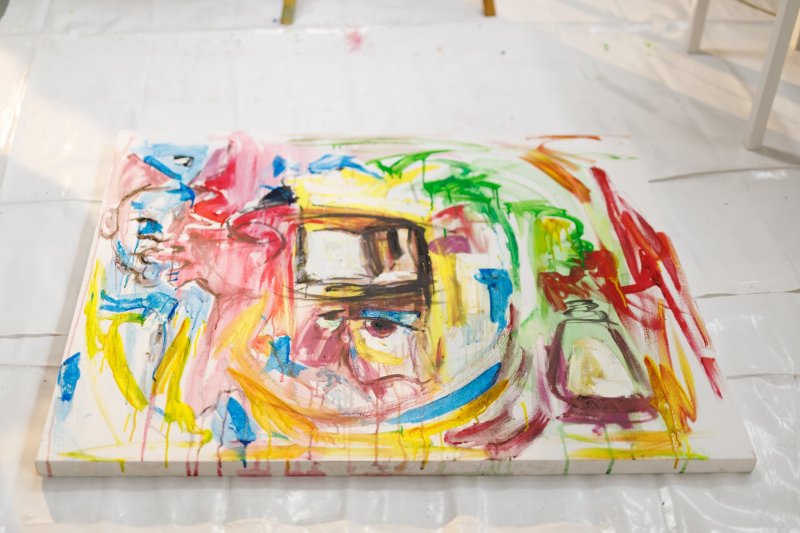Every Art Form Requires These 5 Things

What if you had the keys to the kingdom of the art? That's just what you've got with one of these art-making necessities. What elevates a beginner to a master is understanding and applying the building blocks of art (also known as the elements and principles of art).
In its various forms, art can be found in every group, culture, and region. The art of culture has been eternal, existing in every society in some form since the beginning of time, as demonstrated by cave paintings and rock art, and we now know that art can be a significant economic force, but we continue to debate its value.
To comprehend, deftly critique, and practice your chosen art form, you must understand it, deftly critique it, and practice it. Here are 5 of the essential elements of art.
Color
Strength is the quality of a color's brightness and purity. High-intensity colors are bold and vibrant.
Low-strength colors are fainter and duller. The optical property of an object's pigment is detected by the eye and created due to how the object reflects or emits light is known as color.
One of the most diverse and robust aspects of art is the human eye, capable of seeing millions of colors.
Hue, value, and strength are the three properties of each color. The lightness or darkness of a color is changed when black or white is applied. The strength of color is also measured in terms of boldness or dullness.
Lines
You'll see examples of lines all over the place if you look around. All great works start with lines, including fine art and graphic design have been shown to have used lines as their main foundation and are found to be most useful in numerous. Take a look at online slots, with the design of the reels and matching symbols. Line art forms are seen everywhere.
A line is an observable path created by a moving point in space, to put it simply.
Measurements
The aspect of art is two-dimensional, flat, or restricted in height and width. Typically, a shape is enclosed. Space is an aspect of art that distinguishes both positive and negative areas in a work of art and provides it with a sense of depth.
The texture is a metaphor for how a work of art or a part of a composition looks or appears to feel when touched.
Contrast and compare
The focus of a viewer's attention is usually drawn to contrasts first. Artists will combine elements to emphasize the differences between them.
Texture can be seen in various places, just as it can in a painting. If you want to start correlating reality with the artwork you see or create, take the time to understand the textures around you.
The smooth leather of your chair, the coarse grains of the carpet, and the fluffy softness of the clouds in the sky elicit emotions. It is necessary to move around. Understanding texture daily can enhance your experience as an artist and those who appreciate it.
Take a look at what is around you and explore the love of life through art.